7.2 Continue support and capacity for homeowners and HOAs to install stormwater improvement projects with free professional consultations and cost-share grants
Key Message: Free professional consultations, financial assistance, and replicable demonstrations of successful pond management, Florida-adapted landscaping, or green infrastructure elements can accelerate implementation of best stormwater practices in neighborhoods. Outreach to HOAs, in particular, can lead to large-scale projects in common areas that leverage grant funds and volunteers.
Importance
Roughly 60% of privately owned developed properties in unincorporated Sarasota County lack stormwater treatment infrastructure, as these neighborhoods were built before statewide stormwater regulations were adopted. Since public funds typically cannot be used for projects on private property, homeowners often lack the technical guidance and financial support to implement best practices—especially for green infrastructure such as rain gardens, bioswales, or pervious pavers. Free consultations, cost-share programs, and examples of successful HOA-led landscaping and pond restoration projects can help accelerate implementation. HOAs are uniquely positioned to support larger projects on shared land, and they often have budgets and volunteers that can amplify grant funding.
Volunteers and staff from Sarasota County, Sarasota Bay Estuary Program, VHB, and Orchid Oaks Condominium restored the Phillippi Creek shoreline. Source: Sarasota County Government
These projects provide additional benefits such as recreational space, wildlife habitat, climate resilience, and increased property values. Public-private partnerships that reduce nutrient runoff support Sarasota County Government’s commitment to improving surface water quality in compliance with its National Pollutant Discharge Elimination System (NPDES) and MS4 permit.
Overview
Overall, the resources and technical assistance needed to activate HOA residents to implement long-term nutrient reduction can be costly, confusing, piecemeal, or limited in capacity (see Chapter 7.1). Roughly 25% of all residents in Sarasota County are renters (US Census Bureau 2017); even if incentives were available, many could not utilize them.
Professional consultations are essential for helping HOA boards transition from developer to homeowner management, particularly in understanding and maintaining stormwater ponds and swales. Many HOAs lack the technical knowledge needed for stormwater infrastructure management and must hire outside contractors to develop project proposals. Coordinating technical assistance and public-private partnerships can help move communities from awareness to action, with integrated services that include education, consultations, and funding support.
Launched in 2023 with funding from the Charles and Margery Barancik Foundation, the Healthy Ponds Collaborative (HPC)—a partnership between START, Sarasota County NEST, UF/IFAS Sarasota Extension, and the Science and Environment Council—has helped communities implement stormwater BMPs and install living shorelines. From 2021 to 2024, HPC supported more than 25 miles of shoreline planting across 27 ponds. The Healthy Ponds Guide, released in 2023, offers expert guidance for homeowners and HOAs (see Chapter 7.1). Additional support is available through Sarasota County Neighborhood Services and the Sarasota Bay Estuary Program, which offer small neighborhood improvement grants. In 2023, HPC released the comprehensive Healthy Ponds Guide, which provides expert step-by-step guidance to homeowners and associations on how to assess and improve ponds (see Chapter 7.1). Additional support is available through Sarasota County Neighborhood Services and the Sarasota Bay Estuary Program, which offer small neighborhood improvement grants.
The Sarasota County Neighborhood Grant Program provides HOAs small grants to make neighborhood improvements. Source: Sarasota County Government
The Neighborhood Environmental Stewardship Team (NEST), a program of Sarasota County’s Stormwater Environmental Utility, provides education, technical assistance, and project support for watershed-friendly practices on public and HOA lands. NEST collaborates with START, Science and Environment Council, and UF/IFAS Extension to promote BMP adoption. For example, NEST’s HOA Healthy Ponds Workshop gathers 100 HOA Board and Committee members for a day of hand-on learning and demonstrations of best pond management practices. NEST’s HOAwaters google group encourages ongoing discussion among neighborhood pond leaders throughout the year. Citizen-scientist stewardship programs, such as UF/IFAS Extension’s Lake Watch and Florida Waters Stewardship Program, train residents on practical skills for protecting water quality in their own neighborhoods.
In 2024, Sarasota County launched the RainCheck incentive program, which offers homeowners up to $5,000 in rebates for installing small-scale BMPs such as rain gardens, bioswales, pervious pavement, or modified downspouts. Administered by NEST, this program expands opportunities for stormwater retrofits on private property.
Approach
Currently, the Sarasota County NEST program has a staff of one. Expanding staffing and budgets would improve outreach, technical consultations, and project implementation. Additional funding could also grow citizen science programs like Lake Watch.
Expanding partnerships could establish accessible “one-stop shops” for project design, permitting, and funding. These mobile or community-based clinics would be staffed by NEST, UF/IFAS Extension, SBEP UF/IFAS Master Gardeners, permitting experts, and contractors. These teams could lower barriers for homeowners and HOAs and accelerate project delivery.
Resources
Status
Implementation and Planning
Performance Measure
- Increased funding for incentives and technical assistance programs
- Increased staffing for the NEST Program
- Number of private properties and HOAs with green infrastructure improvements
Experts or Leads
Michael D’Imperio, UF/IFAS; Jennifer Rudolph, NEST; Abbey Tyrna Suncoast Waterkeeper; Sandy Gilbert, START; Megan Barry, Sarasota Bay Estuary Program; Russ Hoffman, Beautiful Ponds; Sean Patton, Stocking Savvy
Cost Estimate
$500,000 Technical Assistance Program Expansion
$1,000,000+ Cost-share and Incentives
Related Activities
Other Stormwater Partnership Activities
7.1 Distribute homeowner guides for home and neighborhood stormwater improvement BMPs and projects
[dipi_masonry_gallery images="418,896,446" columns="3" disabled_on="off|off|on" _builder_version="4.16" max_width="100%" max_width_tablet="50%" max_width_phone="65%" max_width_last_edited="on|desktop" module_alignment_tablet="center" module_alignment_phone="center"...
7.3 Support recognition or leadership programs for homeowners, HOAs, and businesses adopting, funding, and promoting green infrastructure improvements and BMPs
[dipi_masonry_gallery images="418,896,446" columns="3" disabled_on="off|off|on" _builder_version="4.16" max_width="100%" max_width_tablet="50%" max_width_phone="65%" max_width_last_edited="on|desktop" module_alignment_tablet="center" module_alignment_phone="center"...
7.4 Support and promote green infrastructure demonstration projects with interpretive signage on publicly accessible properties
[dipi_masonry_gallery images="418,896,446" columns="3" disabled_on="off|off|on" _builder_version="4.16" max_width="100%" max_width_tablet="50%" max_width_phone="65%" max_width_last_edited="on|desktop" module_alignment_tablet="center" module_alignment_phone="center"...





